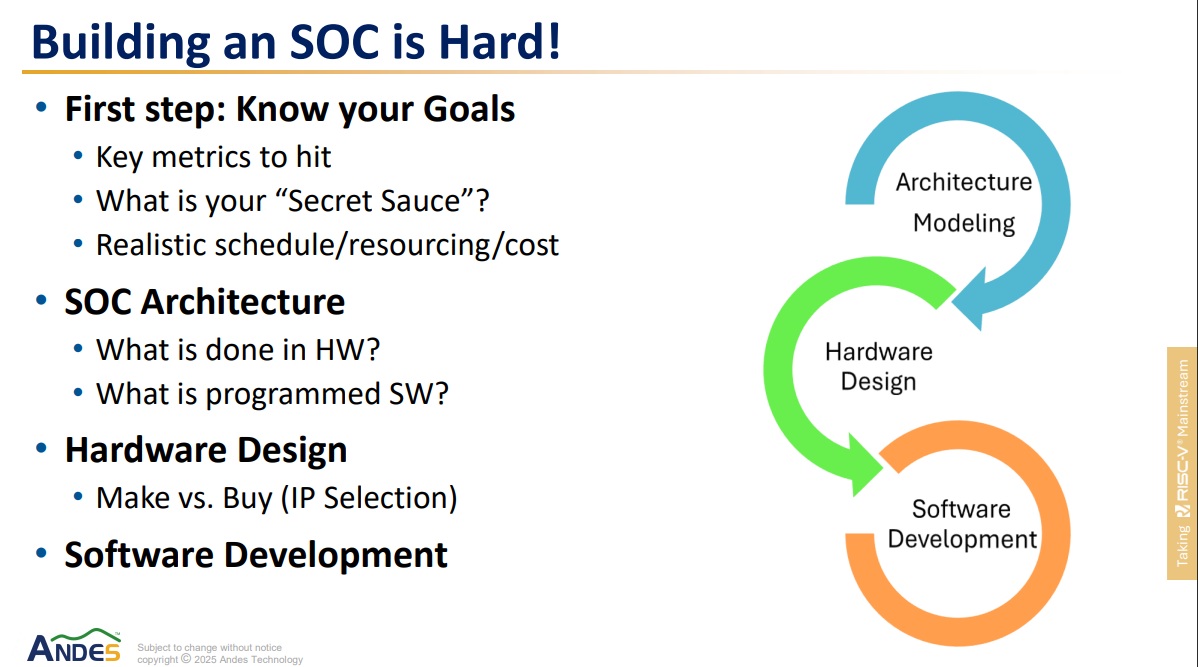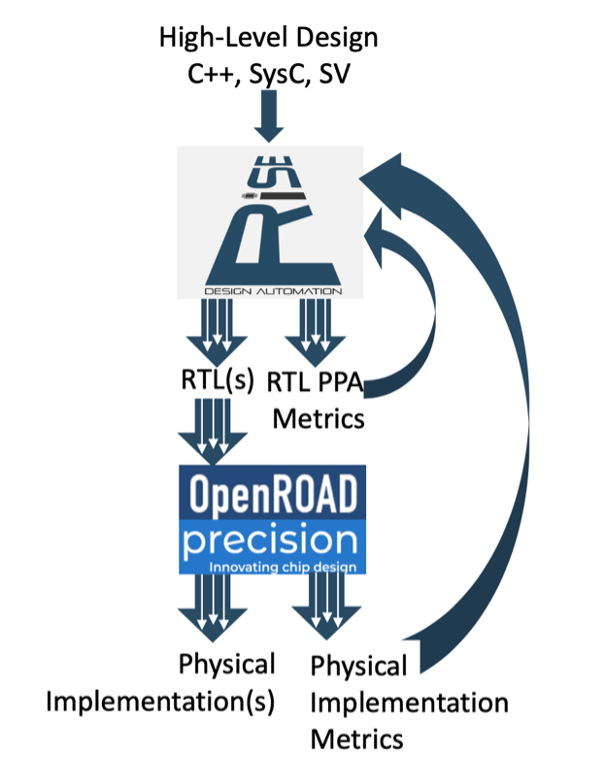Roy Barnes is the group president of The Partner Companies (TPC), a specialty manufacturer, overseeing TPC’s photochemical etching companies: Elcon, E-Fab, Fotofab, Microphoto and PEI.
Roy is an experienced leader known for building strong teams, driving change and inspiring people to succeed. Throughout his career, he … Read More















Quantum Computing Technologies and Challenges